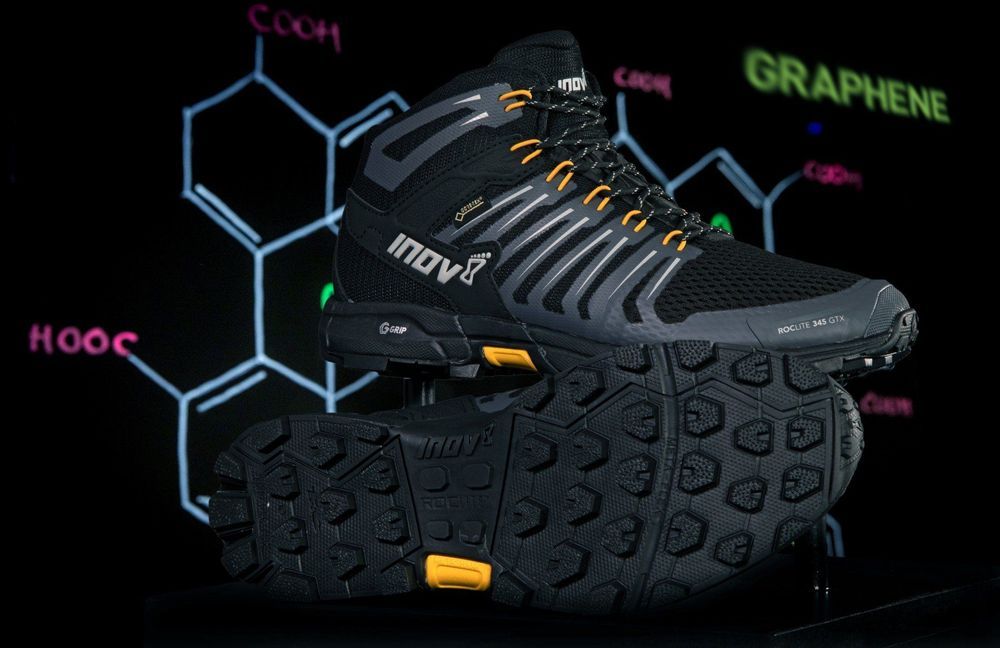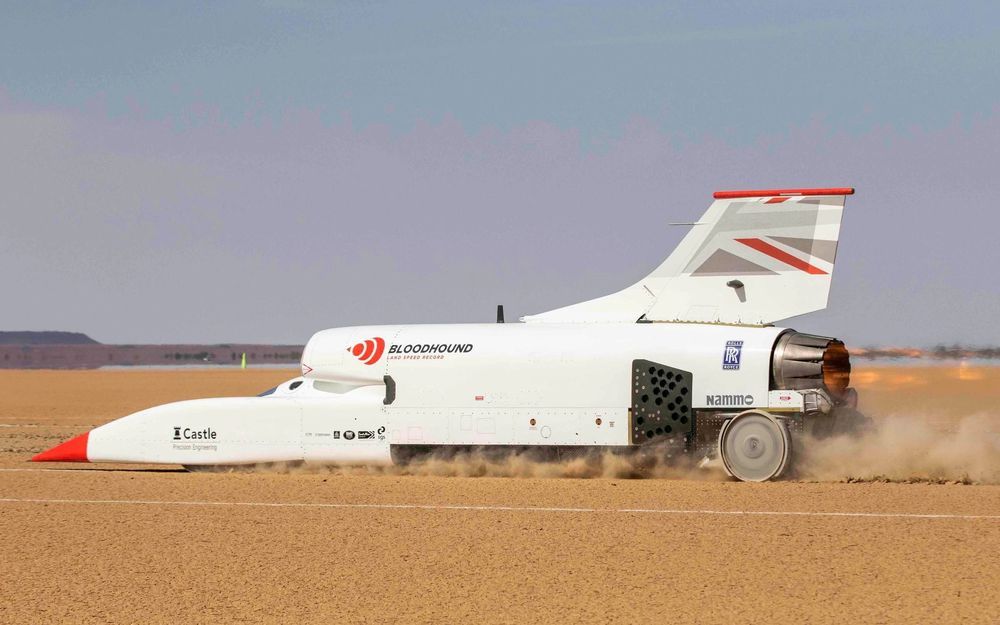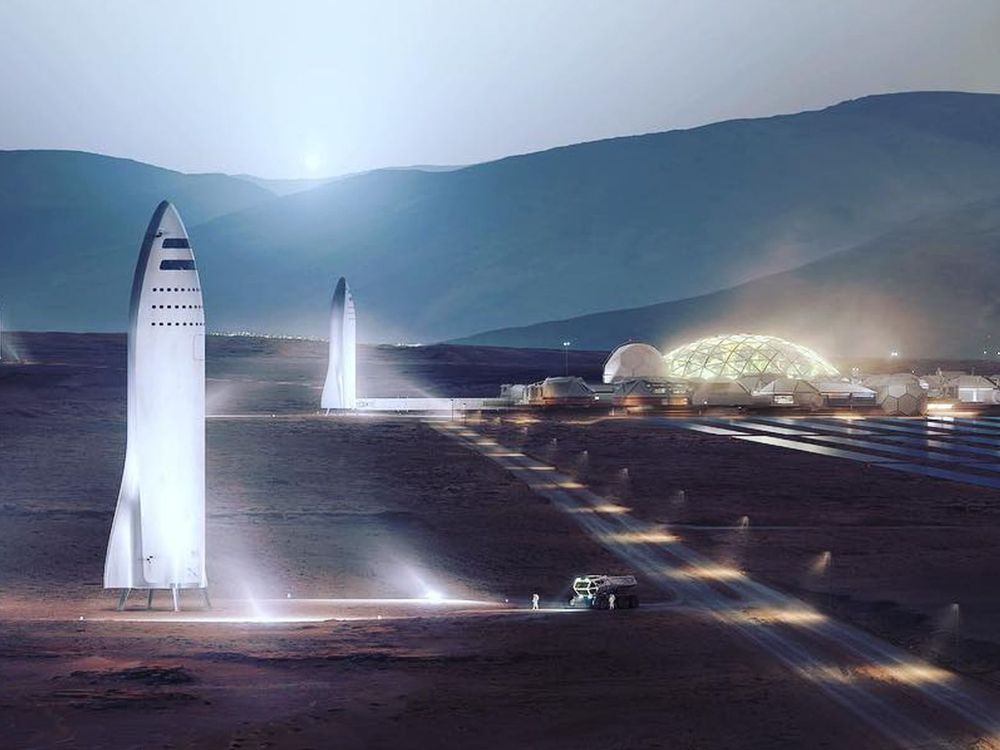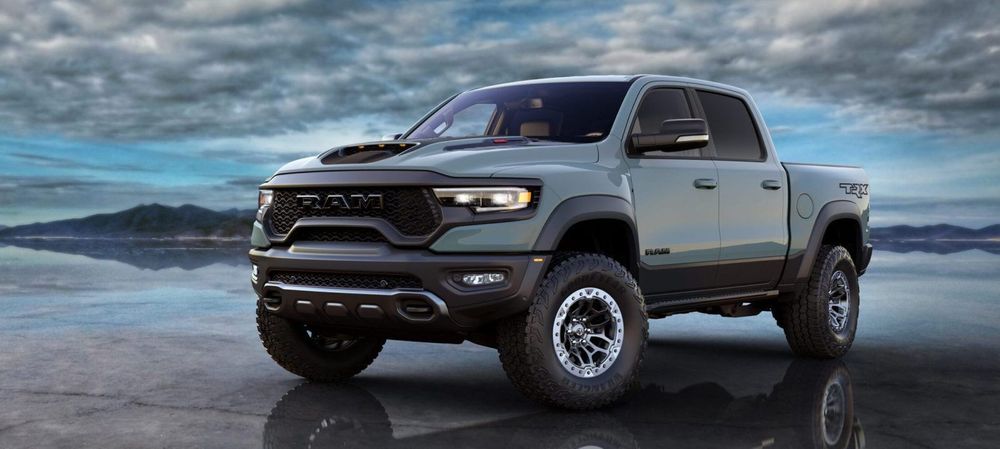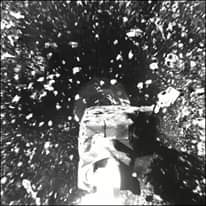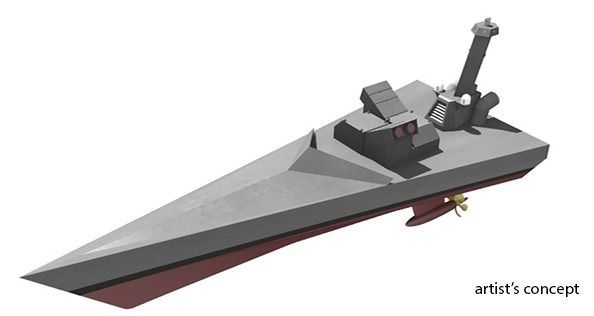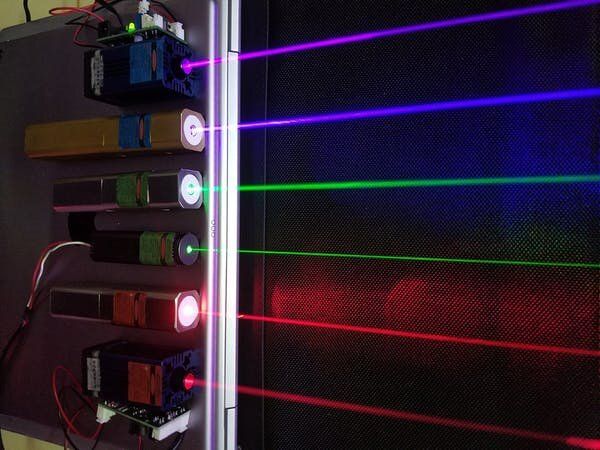This was the 17th farm closure in South Korea that HSI has facilitated, and the latest indication that the market for dog meat, a traditional delicacy in South Korea, is rapidly declining.
Circa 2018
The world’s first-ever hiking boots to use graphene have been unveiled by The University of Manchester and British brand inov-8.
Building on the international success of their pioneering use of graphene in trail running and fitness shoes last summer, the brand is now bringing the revolutionary technology to a market recently starved of innovation.
Just one atom thick and stronger than steel, graphene has been infused into the rubber of inov-8’s new ROCLITE hiking boots, with the outsoles scientifically proven to be 50% stronger, 50% more elastic and 50% harder wearing.
Chief engineer Mark Chapman talks about the lessons gained from last year’s runs of the jet-powered British land speed record contender.
“For services provided on Mars, or in transit to Mars via Starship or other colonisation spacecraft, the parties recognise Mars as a free planet and that no Earth-based government has authority or sovereignty over Martian activities,” the governing law section states.
“Accordingly, disputes will be settled through self-governing principles, established in good faith, at the time of Martian settlement.”
Space systems engineer Erwan Beauvois said SpaceX’s position was reminiscent of a declaration put forward by the Earthlight Foundation, a non-profit organisation committed to preparing for the expansion of humanity beyond Earth.
Fiat Chrysler, a lagger when it comes to electrification, confirms that it plans to make an electric Ram pickup truck.
Almost every automaker under the sun is planning to make an electric pickup truck:
This week, NASA’s OSIRIS-Rex spacecraft successfully touched and collected a sample from the surface of asteroid Bennu—without a human at the controls…
Nine of them are “SuperDoves” built by San Francisco company Planet.
The satellites lifted off today (Oct. 28) atop a Rocket Lab Electron booster, which launched from the company’s New Zealand pad at 5:14 p.m. EDT (2114 GMT; 10:14 a.m. on Oct. 29 local New Zealand time).
As the Defense Advanced Research Projects Agency (DARPA) explores designs for a ship that could operate without humans aboard, the agency is keeping the Navy involved in the effort to ensure it progresses forward should the program’s work succeed.
While the Navy is creating unmanned surface vehicles based off designs meant for ships that could bring humans aboard, the No Manning Required Ship (NOMARS) program is the first to pursue a design that takes humans out of the calculation.
Gregory Avicola, the NOMARS program manager, told USNI News in a recent interview that DARPA has had conversations with Navy offices like PMS-406, the service’s program executive office for unmanned and small combatants, and the Surface Development Squadron, which has been tasked with developing the concept of operations for unmanned surface vehicles, since the agency started the NOMARS initiative.
Lasers were created 60 years ago this year, when three different laser devices were unveiled by independent laboratories in the United States. A few years later, one of these inventors called the unusual light sources “a solution seeking a problem”. Today, the laser has been applied to countless problems in science, medicine and everyday technologies, with a market of more than US$11 billion per year.
A crucial difference between lasers and traditional sources of light is the “temporal coherence” of the light beam, or just coherence. The coherence of a beam can be measured by a number C, which takes into account the fact light is both a wave and a particle.
From even before lasers were created, physicists thought they knew exactly how coherent a laser could be. Now, two new studies (one by myself and colleagues in Australia, the other by a team of American physicists) have shown C can be much greater than was previously thought possible.

